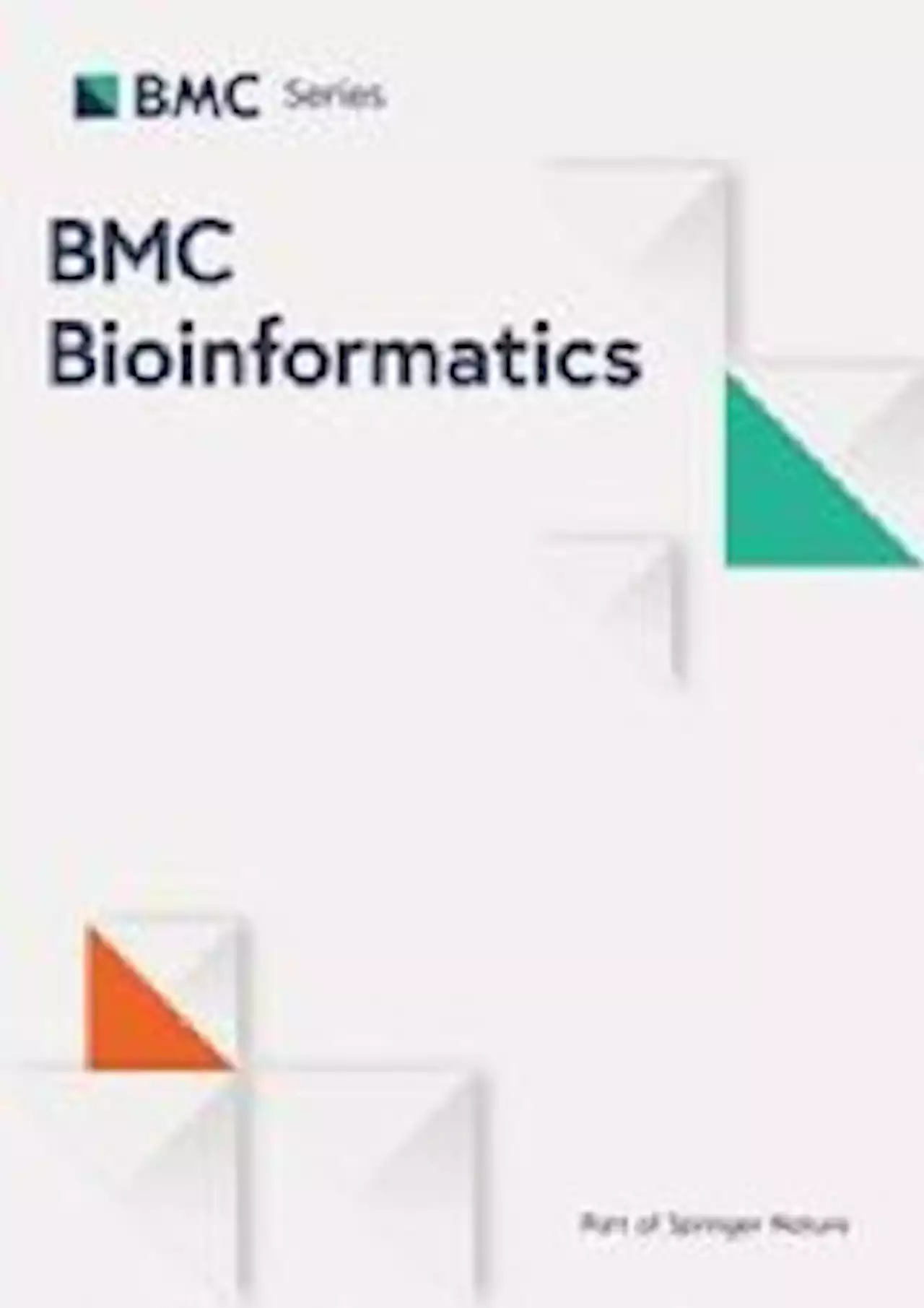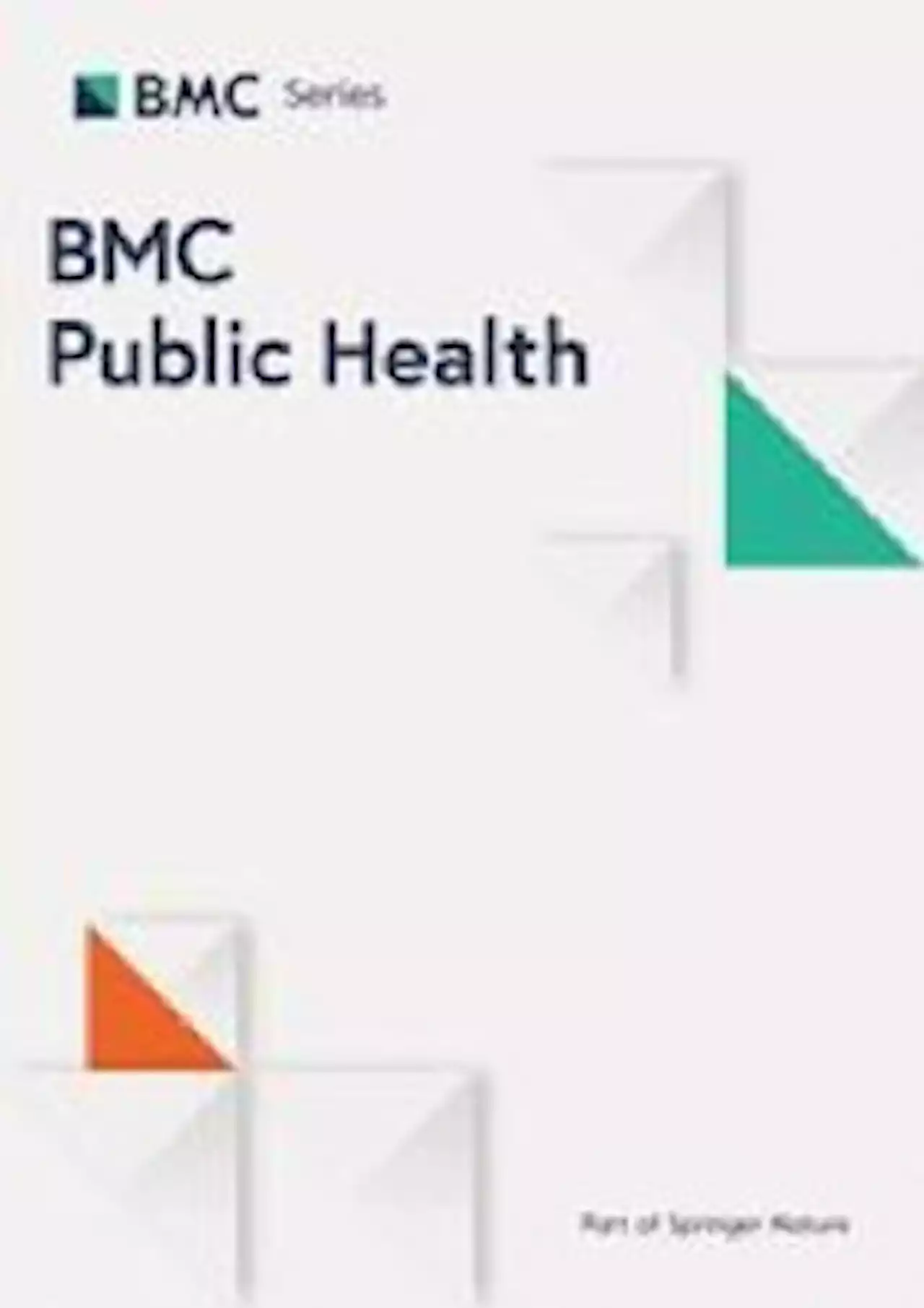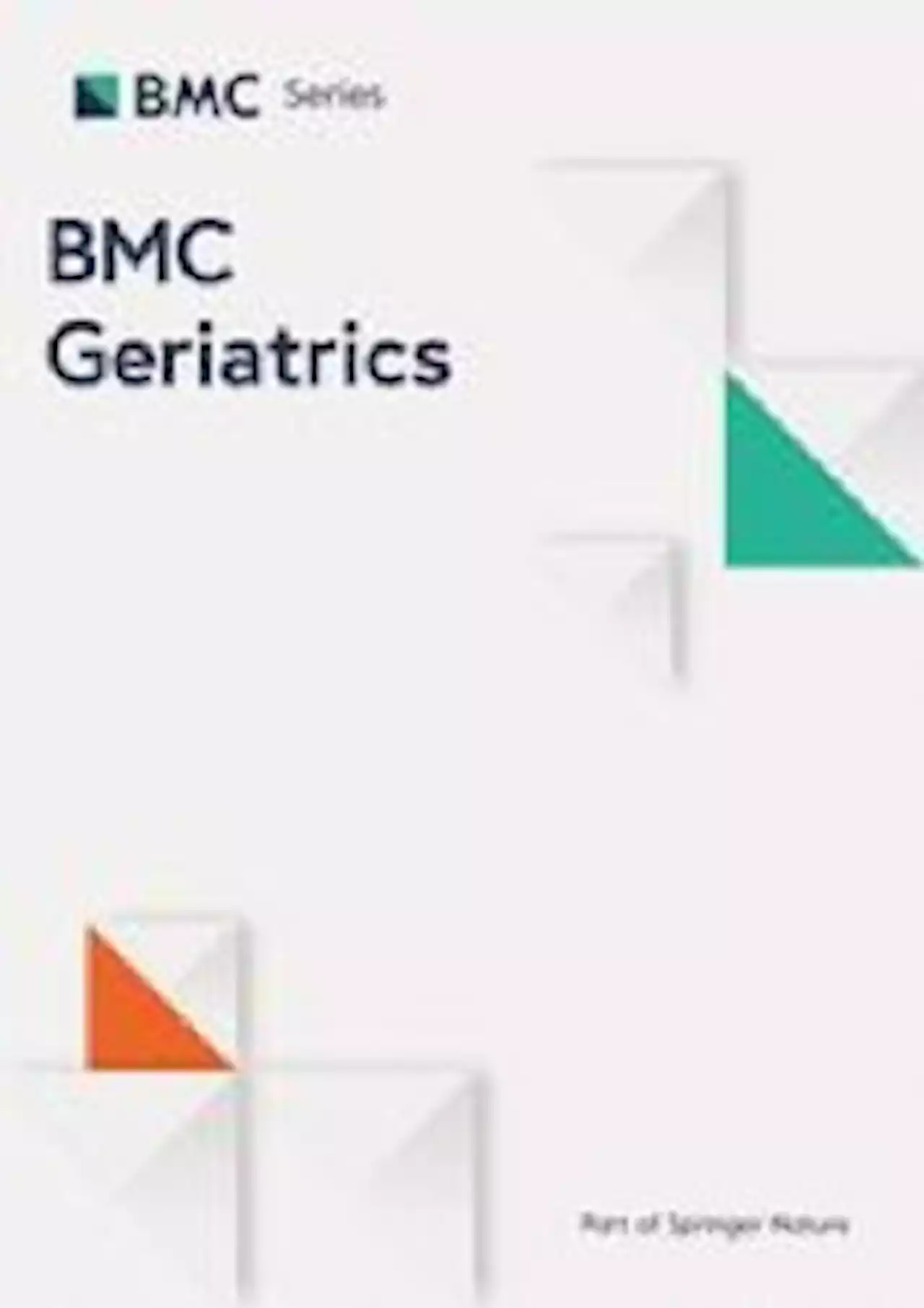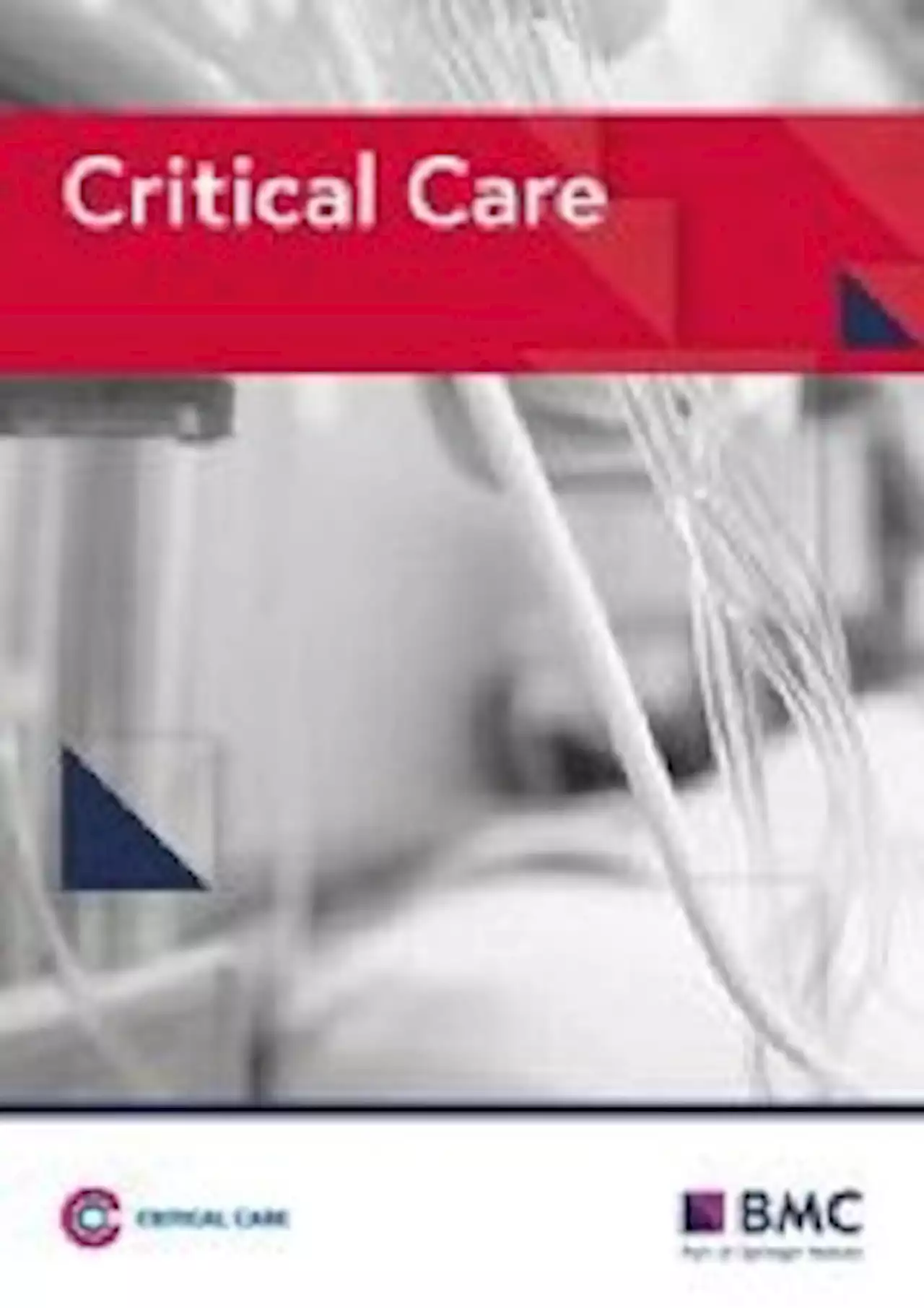In children with post-circumcision penile ischemia, a combination of hyperbaric oxygen therapy and pentoxifylline is especially effective for skin and facial necrosis, and reduces penile tissue loss, finds a study published in BMCUrol
In this cohort prospective observational and interventional study, all male children who had penile ischemia after circumcision were included from April 2017 to October 2021. A full medical history, timing and method of circumcision, degree of penile ischemia were assessed roughly on clinical bases. Ischemia with any penile tissue loss was considered as a deep ischemia, but the only color changes with preservation of penile contour and structures were considered as a superficial one.
Intravenous pentoxifylline infusion was started at a dose of 10 mg/kg/day divided into three equal doses for 5–7 days with good monitoring of its main side effects, of tachycardia and convulsions. An IV third generation cephalosporin antibiotic with suitable doses was started for all patients; then, the treatment was mandated to the suitable susceptible antibiotics according to the culture and sensitivity results. This protocol was started and maintained during the hospital stay.
The HBO chamber was kept warm, and the younger babies were fed before entering the chamber and again if signs of hunger appreciated during therapy. The baby was continuously monitored with a pulse oximeter during the HBO sessions and infrequently in the inpatient department.Older children were managed in the conventional HBO chamber with the same regimen.
Data on patients’ ages, the level of experience of the circumcisor, the technique of MC, the kind of anesthesia used, any monopolar diathermy usage, wound suturing after MC, the duration between MC and presentation for our protocol were analyzed. Early detected patient is defined as a patient diagnosed and started the protocol within the first 24 h, the late-presenter are patient diagnosed after 24 h.
Belgique Dernières Nouvelles, Belgique Actualités
Similar News:Vous pouvez également lire des articles d'actualité similaires à celui-ci que nous avons collectés auprès d'autres sources d'information.
 GeCoNet-Tool: a software package for gene co-expression network construction and analysis - BMC BioinformaticsBackground Network analysis is a powerful tool for studying gene regulation and identifying biological processes associated with gene function. However, constructing gene co-expression networks can be a challenging task, particularly when dealing with a large number of missing values. Results We introduce GeCoNet-Tool, an integrated gene co-expression network construction and analysis tool. The tool comprises two main parts: network construction and network analysis. In the network construction part, GeCoNet-Tool offers users various options for processing gene co-expression data derived from diverse technologies. The output of the tool is an edge list with the option of weights associated with each link. In network analysis part, the user can produce a table that includes several network properties such as communities, cores, and centrality measures. With GeCoNet-Tool, users can explore and gain insights into the complex interactions between genes.
GeCoNet-Tool: a software package for gene co-expression network construction and analysis - BMC BioinformaticsBackground Network analysis is a powerful tool for studying gene regulation and identifying biological processes associated with gene function. However, constructing gene co-expression networks can be a challenging task, particularly when dealing with a large number of missing values. Results We introduce GeCoNet-Tool, an integrated gene co-expression network construction and analysis tool. The tool comprises two main parts: network construction and network analysis. In the network construction part, GeCoNet-Tool offers users various options for processing gene co-expression data derived from diverse technologies. The output of the tool is an edge list with the option of weights associated with each link. In network analysis part, the user can produce a table that includes several network properties such as communities, cores, and centrality measures. With GeCoNet-Tool, users can explore and gain insights into the complex interactions between genes.
Lire la suite »
 Effect of Latin dance on physical and mental health: a systematic review - BMC Public HealthBackground Latin dance is a well-liked physical activity. It has gained increasing attention as an exercise intervention for improving physical and mental health outcomes. This systematic review examines the effects of Latin dance on physical and mental health. Methods Preferred Reporting Items for Systematic Reviews and Meta-analysis (PRISMA) were used to report the data for this review. To gather research from the literature, we used recognized academic and scientific databases such SportsDiscus with Full Text, PsycINFO, Cochrane, Scopus, PubMed, and Web of Science. The systematic review only included 22 studies out of the 1,463 that matched all inclusion criteria. The PEDro scale was used to rate each study’s quality. 22 research received scores between 3 and 7. Results Latin dance has been demonstrated to promote physical health by helping people lose weight, improve cardiovascular health, increase muscle strength and tone, and improve flexibility and balance. Furthermore, Latin dance can benefit mental health by reducing stress, improving mood, social connection, and cognitive function. Conclusions Finding from this systematic review provide substantial evidence that Latin dance has effect on physical and mental health. Latin dance has the potential to be a powerful and pleasurable public health intervention. Systematic Review Registration CRD42023387851, https://www.crd.york.ac.uk/prospero .
Effect of Latin dance on physical and mental health: a systematic review - BMC Public HealthBackground Latin dance is a well-liked physical activity. It has gained increasing attention as an exercise intervention for improving physical and mental health outcomes. This systematic review examines the effects of Latin dance on physical and mental health. Methods Preferred Reporting Items for Systematic Reviews and Meta-analysis (PRISMA) were used to report the data for this review. To gather research from the literature, we used recognized academic and scientific databases such SportsDiscus with Full Text, PsycINFO, Cochrane, Scopus, PubMed, and Web of Science. The systematic review only included 22 studies out of the 1,463 that matched all inclusion criteria. The PEDro scale was used to rate each study’s quality. 22 research received scores between 3 and 7. Results Latin dance has been demonstrated to promote physical health by helping people lose weight, improve cardiovascular health, increase muscle strength and tone, and improve flexibility and balance. Furthermore, Latin dance can benefit mental health by reducing stress, improving mood, social connection, and cognitive function. Conclusions Finding from this systematic review provide substantial evidence that Latin dance has effect on physical and mental health. Latin dance has the potential to be a powerful and pleasurable public health intervention. Systematic Review Registration CRD42023387851, https://www.crd.york.ac.uk/prospero .
Lire la suite »
 Depression, anxiety, and burnout among psychiatrists during the COVID-19 pandemic: a cross-sectional study in Beijing, China - BMC PsychiatryBackground With the rise of reported mental disorders and behavioral issues after the outbreak of the coronavirus disease 2019 (COVID-19) pandemic, psychiatrists and mental health care are urgently needed more than ever before. The psychiatric career carries a high emotional burden and stressful demands, which bring issues on psychiatrists’ mental health and well-being into question. To investigate the prevalence and risk factors of depression, anxiety, and work burnout among psychiatrists in Beijing during the COVID-19 pandemic. Methods This cross-sectional survey was conducted from January 6 to January 30, 2022, two years after COVID-19 was declared a global pandemic. Recruitment was performed using a convenience sample approach by sending online questionnaires to psychiatrists in Beijing. The symptoms of depression, anxiety, and burnout were evaluated using the Patient Health Questionnaire-9 (PHQ-9), Generalized Anxiety Disorder-7 (GAD-7), and Maslach Burnout Inventory-General Survey (MBI-GS). The perceived stress and social support were measured by the Chinese Perceived Stress Scale (CPSS) and Social Support Rating Scale (SSRS), respectively. Results The data of 564 psychiatrists (median [interquartile range] age, 37 [30–43] years old) of all 1532 in Beijing were included in the statistical analysis. The prevalence of symptoms of depression, anxiety and burnout were 33.2% (95% CI, 29.3-37.1%, PHQ-9 ≥ 5), 25.4% (95% CI, 21.8-29.0%, GAD-7 ≥ 5) and 40.6% (95% CI, 36.5-44.7%, MBI-GS ≥ 3 in each of the three subdimensions), respectively. The psychiatrist with a higher score on perceived stress was more likely to suffer from depressive symptoms (adjusted odds ratios [ORs]: 4.431 [95%CI, 2.907–6.752]); the anxiety symptoms (adjusted ORs: 8.280 [95%CI, 5.255–13.049]), and the burnout conditions (adjusted ORs: 9.102 [95%CI, 5.795–14.298]). Receiving high social support was an independent protective factor against symptoms of depression (adjusted ORs: 0.176 [95%CI, [0.080
Depression, anxiety, and burnout among psychiatrists during the COVID-19 pandemic: a cross-sectional study in Beijing, China - BMC PsychiatryBackground With the rise of reported mental disorders and behavioral issues after the outbreak of the coronavirus disease 2019 (COVID-19) pandemic, psychiatrists and mental health care are urgently needed more than ever before. The psychiatric career carries a high emotional burden and stressful demands, which bring issues on psychiatrists’ mental health and well-being into question. To investigate the prevalence and risk factors of depression, anxiety, and work burnout among psychiatrists in Beijing during the COVID-19 pandemic. Methods This cross-sectional survey was conducted from January 6 to January 30, 2022, two years after COVID-19 was declared a global pandemic. Recruitment was performed using a convenience sample approach by sending online questionnaires to psychiatrists in Beijing. The symptoms of depression, anxiety, and burnout were evaluated using the Patient Health Questionnaire-9 (PHQ-9), Generalized Anxiety Disorder-7 (GAD-7), and Maslach Burnout Inventory-General Survey (MBI-GS). The perceived stress and social support were measured by the Chinese Perceived Stress Scale (CPSS) and Social Support Rating Scale (SSRS), respectively. Results The data of 564 psychiatrists (median [interquartile range] age, 37 [30–43] years old) of all 1532 in Beijing were included in the statistical analysis. The prevalence of symptoms of depression, anxiety and burnout were 33.2% (95% CI, 29.3-37.1%, PHQ-9 ≥ 5), 25.4% (95% CI, 21.8-29.0%, GAD-7 ≥ 5) and 40.6% (95% CI, 36.5-44.7%, MBI-GS ≥ 3 in each of the three subdimensions), respectively. The psychiatrist with a higher score on perceived stress was more likely to suffer from depressive symptoms (adjusted odds ratios [ORs]: 4.431 [95%CI, 2.907–6.752]); the anxiety symptoms (adjusted ORs: 8.280 [95%CI, 5.255–13.049]), and the burnout conditions (adjusted ORs: 9.102 [95%CI, 5.795–14.298]). Receiving high social support was an independent protective factor against symptoms of depression (adjusted ORs: 0.176 [95%CI, [0.080
Lire la suite »
 Fish intake and pre-frailty in Norwegian older adults - a prospective cohort study: the Tromsø Study 1994–2016 - BMC GeriatricsBackground Pre-frailty is an intermediate, potentially reversible state before the onset of frailty. Healthy dietary choices may prevent pre-frailty. Fish is included in most healthy diets, but little is known about the association between long-term habitual fish intake and pre-frailty. We aimed to elucidate the longitudinal association between the frequency of fish intake and pre-frailty in a cohort of older adults in Norway. Methods 4350 participants (52% women, ≥65 years at follow-up) were included in this prospective cohort study. Data was obtained from three waves of the population-based Tromsø Study in Norway; Tromsø4 (1994–1995), Tromsø6 (2007–2008) and Tromsø7 (follow-up, 2015–2016). Frailty status at follow-up was defined by a modified version of Fried’s phenotype. Fish intake was self-reported in the three surveys and assessed as three levels of frequency of intake: low (0–3 times/month), medium (1–3 times/week) and high (≥ 4 times/week). The fish–pre-frailty association was analysed using multivariable logistic regression in two ways; (1) frequency of intake of lean, fatty and total fish in Tromsø6 and pre-frailty at follow-up, and (2) patterns of total fish intake across the three surveys and pre-frailty at follow-up. Results At follow-up, 28% (n = 1124) were pre-frail. Participants with a higher frequency of lean, fatty and total fish intake had 28% (odds ratio (OR) = 0.72, 95% confidence interval (CI) = 0.53, 0.97), 37% (OR = 0.63, 95% CI = 0.43, 0.91) and 31% (OR = 0.69, 95% CI = 0.52, 0.91) lower odds of pre-frailty 8 years later compared with those with a low intake, respectively. A pattern of stable high fish intake over 21 years was associated with 41% (OR = 0.59, 95% CI = 0.38, 0.91) lower odds of pre-frailty compared with a stable low intake. Conclusions A higher frequency of intake of lean, fatty and total fish, and a pattern of consistent frequent fish intake over time, were associated with lower odds of pre-frailty in older community-dwelling
Fish intake and pre-frailty in Norwegian older adults - a prospective cohort study: the Tromsø Study 1994–2016 - BMC GeriatricsBackground Pre-frailty is an intermediate, potentially reversible state before the onset of frailty. Healthy dietary choices may prevent pre-frailty. Fish is included in most healthy diets, but little is known about the association between long-term habitual fish intake and pre-frailty. We aimed to elucidate the longitudinal association between the frequency of fish intake and pre-frailty in a cohort of older adults in Norway. Methods 4350 participants (52% women, ≥65 years at follow-up) were included in this prospective cohort study. Data was obtained from three waves of the population-based Tromsø Study in Norway; Tromsø4 (1994–1995), Tromsø6 (2007–2008) and Tromsø7 (follow-up, 2015–2016). Frailty status at follow-up was defined by a modified version of Fried’s phenotype. Fish intake was self-reported in the three surveys and assessed as three levels of frequency of intake: low (0–3 times/month), medium (1–3 times/week) and high (≥ 4 times/week). The fish–pre-frailty association was analysed using multivariable logistic regression in two ways; (1) frequency of intake of lean, fatty and total fish in Tromsø6 and pre-frailty at follow-up, and (2) patterns of total fish intake across the three surveys and pre-frailty at follow-up. Results At follow-up, 28% (n = 1124) were pre-frail. Participants with a higher frequency of lean, fatty and total fish intake had 28% (odds ratio (OR) = 0.72, 95% confidence interval (CI) = 0.53, 0.97), 37% (OR = 0.63, 95% CI = 0.43, 0.91) and 31% (OR = 0.69, 95% CI = 0.52, 0.91) lower odds of pre-frailty 8 years later compared with those with a low intake, respectively. A pattern of stable high fish intake over 21 years was associated with 41% (OR = 0.59, 95% CI = 0.38, 0.91) lower odds of pre-frailty compared with a stable low intake. Conclusions A higher frequency of intake of lean, fatty and total fish, and a pattern of consistent frequent fish intake over time, were associated with lower odds of pre-frailty in older community-dwelling
Lire la suite »
 Russia seizes control of Danone and Carlsberg operationsUnder a new order, the Danone and Carslberg units have been put in 'temporary management' of the state.
Russia seizes control of Danone and Carlsberg operationsUnder a new order, the Danone and Carslberg units have been put in 'temporary management' of the state.
Lire la suite »
 Association between intrarenal venous flow from Doppler ultrasonography and acute kidney injury in patients with sepsis in critical care: a prospective, exploratory observational study - Critical CareBackground Intrarenal venous flow (IRVF) patterns assessed using Doppler renal ultrasonography are real-time bedside visualizations of renal vein hemodynamics. Although this technique has the potential to detect renal congestion during sepsis resuscitation, there have been few studies on this method. We aimed to examine the relationship between IRVF patterns, clinical parameters, and outcomes in critically ill adult patients with sepsis. We hypothesized that discontinuous IRVF was associated with elevated central venous pressure (CVP) and subsequent acute kidney injury (AKI) or death. Methods We conducted a prospective observational study in two tertiary-care hospitals, enrolling adult patients with sepsis who stayed in the intensive care unit for at least 24 h, had central venous catheters placed, and received invasive mechanical ventilation. Renal ultrasonography was performed at a single time point at the bedside after sepsis resuscitation, and IRVF patterns (discontinuous vs. continuous) were confirmed by a blinded assessor. The primary outcome was CVP obtained at the time of renal ultrasonography. We also repeatedly assessed a composite of Kidney Disease Improving Global Outcomes of Stage 3 AKI or death over the course of a week as a secondary outcome. The association of IRVF patterns with CVP was examined using Student's t-test (primary analysis) and that with composite outcomes was assessed using a generalized estimating equation analysis, to account for intra-individual correlations. A sample size of 32 was set in order to detect a 5-mmHg difference in CVP between IRVF patterns. Results Of the 38 patients who met the eligibility criteria, 22 (57.9%) showed discontinuous IRVF patterns that suggested blunted renal venous flow. IRVF patterns were not associated with CVP (discontinuous flow group: mean 9.24 cm H2O [standard deviation: 3.19], continuous flow group: 10.65 cm H2O [standard deviation: 2.53], p = 0.154). By contrast, the composite outcome incidence w
Association between intrarenal venous flow from Doppler ultrasonography and acute kidney injury in patients with sepsis in critical care: a prospective, exploratory observational study - Critical CareBackground Intrarenal venous flow (IRVF) patterns assessed using Doppler renal ultrasonography are real-time bedside visualizations of renal vein hemodynamics. Although this technique has the potential to detect renal congestion during sepsis resuscitation, there have been few studies on this method. We aimed to examine the relationship between IRVF patterns, clinical parameters, and outcomes in critically ill adult patients with sepsis. We hypothesized that discontinuous IRVF was associated with elevated central venous pressure (CVP) and subsequent acute kidney injury (AKI) or death. Methods We conducted a prospective observational study in two tertiary-care hospitals, enrolling adult patients with sepsis who stayed in the intensive care unit for at least 24 h, had central venous catheters placed, and received invasive mechanical ventilation. Renal ultrasonography was performed at a single time point at the bedside after sepsis resuscitation, and IRVF patterns (discontinuous vs. continuous) were confirmed by a blinded assessor. The primary outcome was CVP obtained at the time of renal ultrasonography. We also repeatedly assessed a composite of Kidney Disease Improving Global Outcomes of Stage 3 AKI or death over the course of a week as a secondary outcome. The association of IRVF patterns with CVP was examined using Student's t-test (primary analysis) and that with composite outcomes was assessed using a generalized estimating equation analysis, to account for intra-individual correlations. A sample size of 32 was set in order to detect a 5-mmHg difference in CVP between IRVF patterns. Results Of the 38 patients who met the eligibility criteria, 22 (57.9%) showed discontinuous IRVF patterns that suggested blunted renal venous flow. IRVF patterns were not associated with CVP (discontinuous flow group: mean 9.24 cm H2O [standard deviation: 3.19], continuous flow group: 10.65 cm H2O [standard deviation: 2.53], p = 0.154). By contrast, the composite outcome incidence w
Lire la suite »
